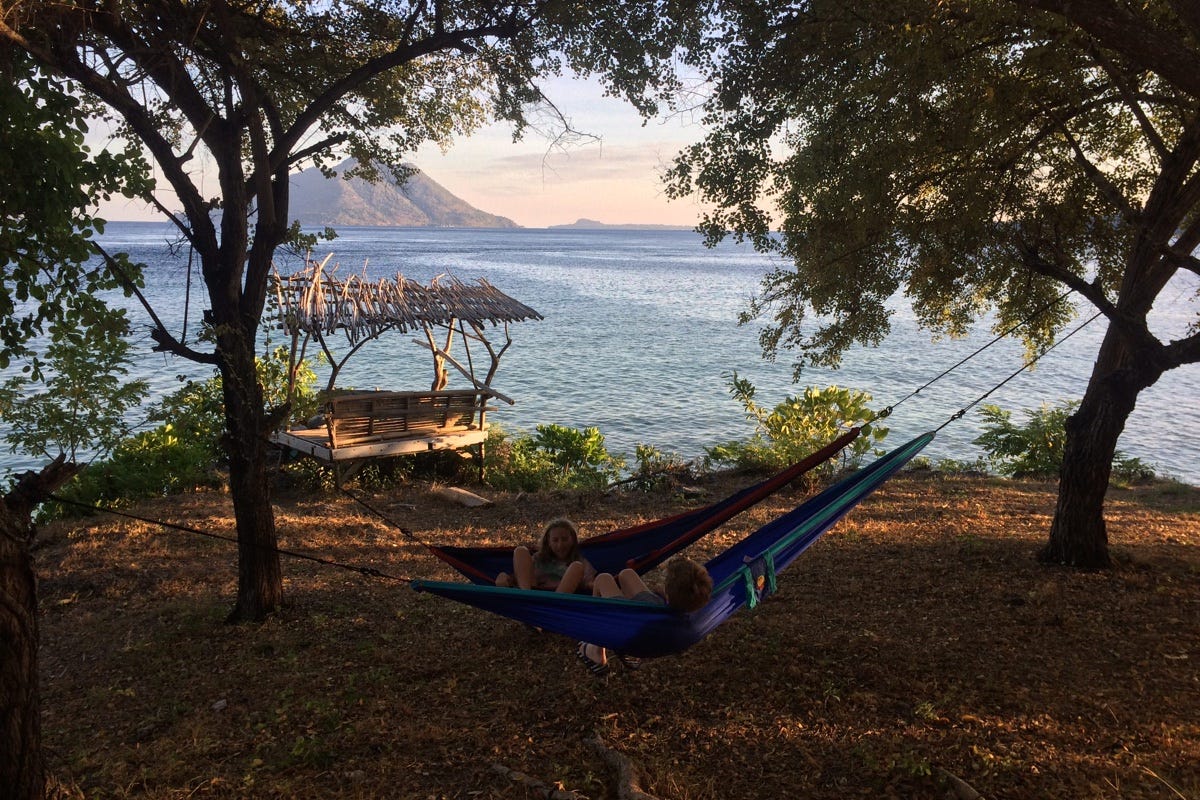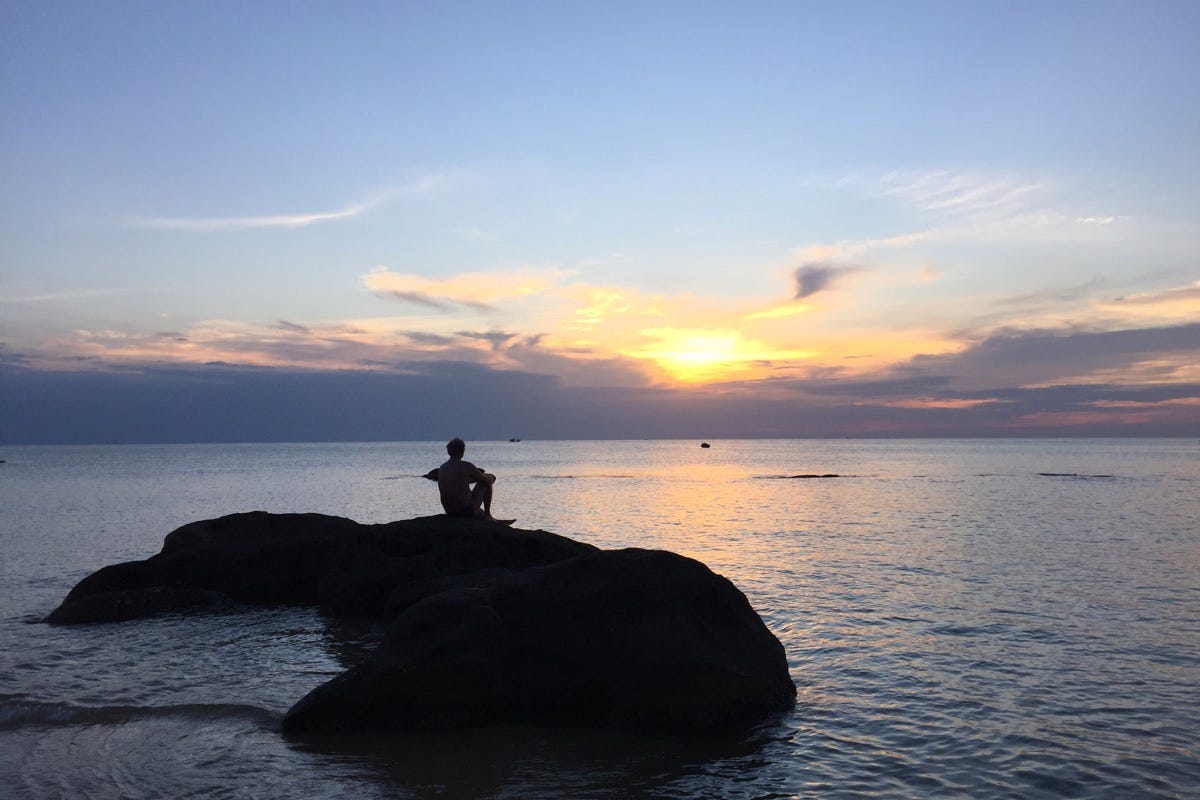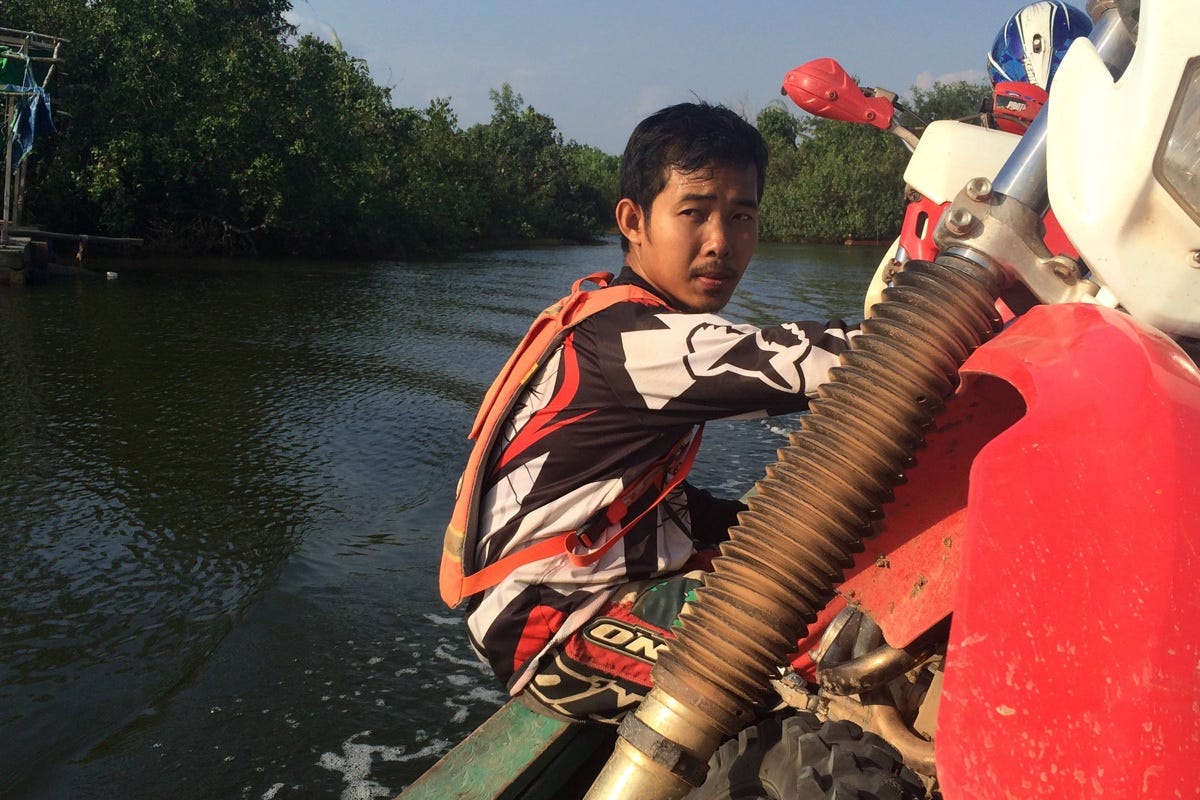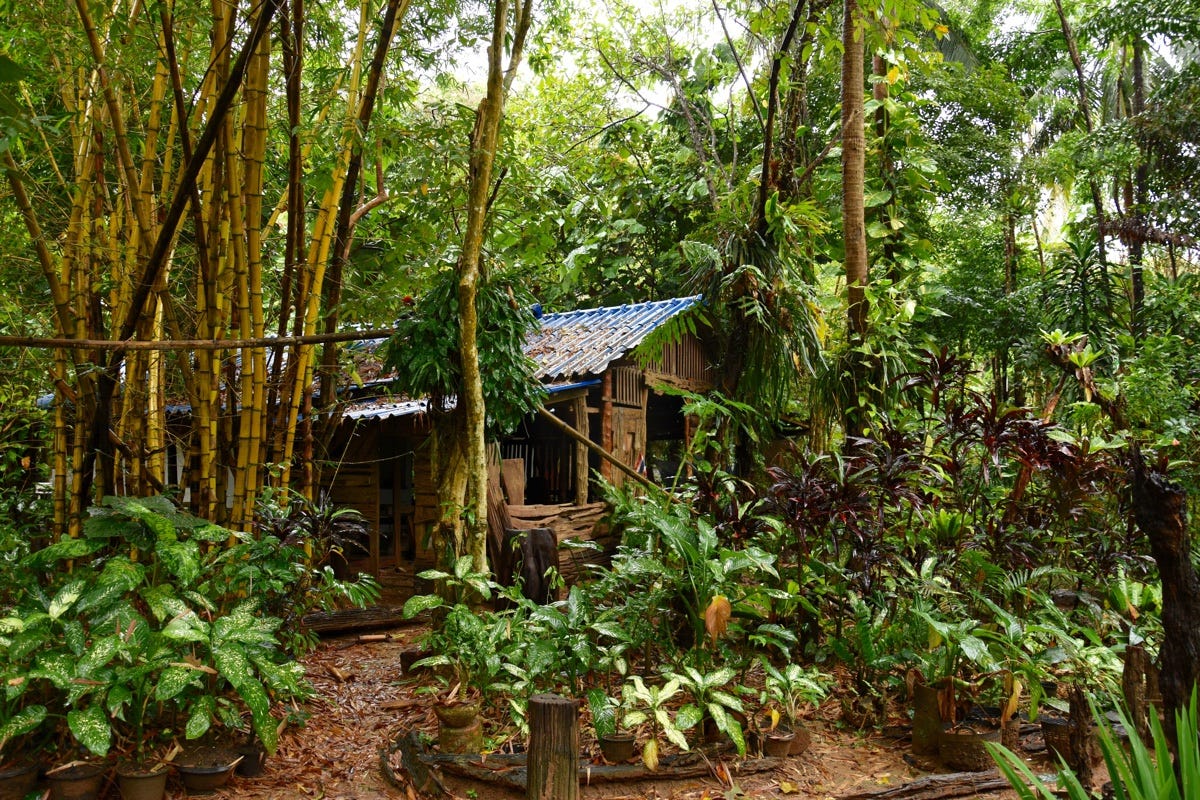The other day, referring to Thailand’s Ban Krut, I wrote “On a travel writer’s watch, somewhere like Ban Krut earns about four hours.” It earned me an incredulous email from a reader asking how could one hope to gain the nuance of a place in four hours.
As answering this appeals more to me than writing about Covid in Indonesia or Phuket’s Sandpit, here we go.
More research required. Alor Kecil, Indonesia. Photo: Stuart McDonald.
The simple answer is “nobody can.”
Anyone with an interest in what they eat, wishes they’d never seen a video illustrating how sausage is made (here is how good sausage is made). God forbid they’re a fan of chicken nuggets. Like anything manufactured, a behind the scenes view tends to be less delicious than the finished affair.
Guidebooks—be they printed on paper or online—are no different.
When a reader sits down with a finished guide, it is much like sausage. There is some fresh mince (hopefully) along with walked over for years sawdust swept up off the floor.
Yeah, but what is in it? Nakhon Ratchasima, Thailand. Photo: David Luekens.
Think about the town you grew up in as a child. You know it well having walked the streets and watched it grow over the years. If you’re a fan of eating out, when a new place opens, you at least try it. You know which cinema has the better spaced seating and the cheaper popcorn. You know which train connects with the bus to get you where you are going. And so on.
Travel guide writers have the same brief—just not the same timeline. Moreso, they don’t have to do it for one town, rather they could be covering dozens upon dozens. Sometimes across countries.
Travel guide writing, more often than not, is a solitary undertaking. In part this is because the pay is so poor you either need to be single or have a partner with a real job to keep the wheels spinning. Also though, it is solitary because it is about as far from recreational travel as you can get. I don’t think I’d be the only one whose partner has said “I’ll join you for a week of the beach research, but forget the rest”.
Did someone say beach time? Phu Quoc island, Vietnam. Photo: Cindy Fan.
Solitary in person, but not in function. Supporting trips are rafts of tips from travellers and readers along the way. Like everything you see for yourself, these still need filtering, but are of great help. Thanks to the internet, there’s an entire array of secondary sources as well. Travel blogs, news website travel features, even Google Maps.
It all gets piled into the sausage factory.
Unless they’re owner operators, writers are mostly contractors, paid by the gig. It boils down to math. If your pay check is say $5,000 for a job, then it is in your financial interests to do it as fast as possible. Different writers have different approaches on how to achieve this. If they don’t speak the language they might hire a fixer to speed work up, or wheels to get around faster. Others call it in—in the trade “desk updating”— where the work is via online research only.
Local motorcycling guide, southern Cambodia. Photo: Nicky Sullivan.
The tools for desk updating—as travellers would know—have improved over the years. With Google Streetview and room photos on Google Maps or OTAs, you can write up a hotel you’ve never seen quite convincingly. But this is a skin–deep mirage. Google Maps (at least not yet) won’t give you much insight into the personality of a place, but the room reviews might.
When I find somewhere not worth listing (as I wrote about the other day), I joke my job is wasting my time to save yours. Telling someone “don’t go” is no different to a charcuterie saying “don’t let this pass your lips”. It can save you money and an experience you’d prefer not to repeat.
Back to Ban Krut and it being worth four hours.
Places change... Sihanoukville, Cambodia. Photo: Stuart McDonald.
The beach is pretty. While five hours would be great, I need five minutes to know this. There are quite a few places to stay, but a ride along the length of the beach can cut that in half. I may only want one mid range place, and I’m not going to look at all ten mid rangers if the first strikes me as great value. How do I pick the first? Personal then other recommendations, and if I’m still missing pay–dirt, trial and error. Rinse and repeat for each budget bracket I’m after.
Food is trickier—there is only so much squid I can eat in a day. Is a place busy? With whom? What time of the day? Is the place I listed three years ago still going? Always a good sign.
Logistics, well train stations don’t move often. For bus and other transport hubs a good guesthouse owner or travel agent can be invaluable.
…but often not entirely. Sihanoukville, Cambodia (Same trip). Photo: Stuart McDonald.
What is easiest (and what matters most—to me) is vibe. Good places go bad (or improve) regardless of accommodation options and so on. This comes only with familiarity. Google Maps can’t teach you this.
So daylight hours walking the walk, and, at least for me, some segment of the evening, spent writing stuff up. Sifting through the mental download, deciding what I’ll ditch and what I’ll add. Each writer has a different approach to this—and a differing filter. Who are you writing for? Mid-range families, stoner twenty–something singles—or both—there is crossover! This interview with Lonely Planet’s Nick Ray is well worth a listen regarding the value–adding of a good author.
What comes at of the end is the travel guide sausage. Traditional print, it could hit the shelves anything up to 18 months later, online, best case, same day. At the end though, as soon as you walk out of a place, your experience is out of date. Everything changes.
Should have been here last week. Ko Chang Noi, Thailand. Photo: David Luekens.
Pre Covid, change was gradual. A slow creep up into fancy pants, or a slow fade into obscurity. Don’t forget a pivot to a different market that won’t appeal to those who put the place on the traveller map in the first place.
Post Covid though, it has been a wrecking ball. Vast numbers of places have shut down, some for a spell, others forever. The ball though, has swung unevenly. Some seemingly roll on little–affected, others, levelled. For all intents and purposes, travel guides will need to be re–researched from scratch. But when? When is that magic moment to begin to start again?
The news of some places in Southeast Asia reopening to tourism is well premature—reckless I’d say. Nevertheless, on the back of this optimism, some publishers are commissioning updates now. Updates of what exactly? Wondering how things were, I talked to a couple of friends on gigs. They both had the same concern: So many listings gone with so little to replace them with.
Just start from scratch? Covid–period Lower Monkey Forest Road, Ubud, Indonesia. Photo: Stuart McDonald.
As I write this beachside in Bali, the tide is receding and a few metres away a guy is digging holes for beach umbrellas. He does it every day. In about ten hours time, the waves will wash back up, and the holes will vanish. To me, this is travel in Southeast Asia at the moment. A fleeting dream of destinations re–opening, only for another wave to bury them again.
I think, in another year—or two—we’ll see travel guidebooks (both on and offline) in an altered format. They’ll take a far higher view on things.
If you’ve ever used a Lonely Planet or Rough Guide, you’ll be familiar with the layout. The front and back of the book holding the “big picture” stuff while the middle has the meat in the sandwich. The meat being the listings, the where to stay and eat and so on. Down the track, expect a lot more bread and a lot less filling. This shift was sort of on the cards pre Covid, but Covid has proven itself to be the accelerant overtourism wasn’t.
Figure out the details yourself. Photo: Stuart McDonald.
The more I think about it, the more this strikes me as not entirely a bad thing. I don’t mean that only as a publisher, but also as a travel writer—and an avid traveller. For sure, I found fabulous places to stay, eat and be merry in the meat of my guidebook sandwiches. That said, from the front and back of the book, I learned far more about a country, its people and culture. You’ll learn even more on the road of course, but if I had to choose between one and the other, give me the front and back any day.
It feels like something of a forest and the trees moment—investing so much time in finding the “right” place to stay, when perhaps we should take a step back and remember why we’re there in the first place.
Yes, a different kind of sausage perhaps. I like to think though, perhaps one that delivers better understanding. And that has to be a good thing.






















Share this post